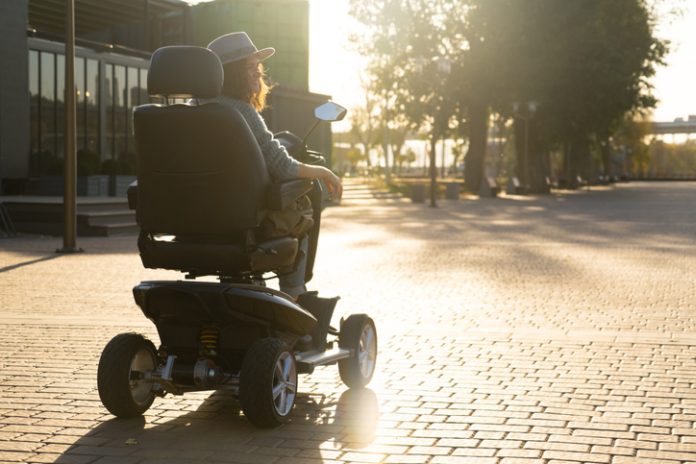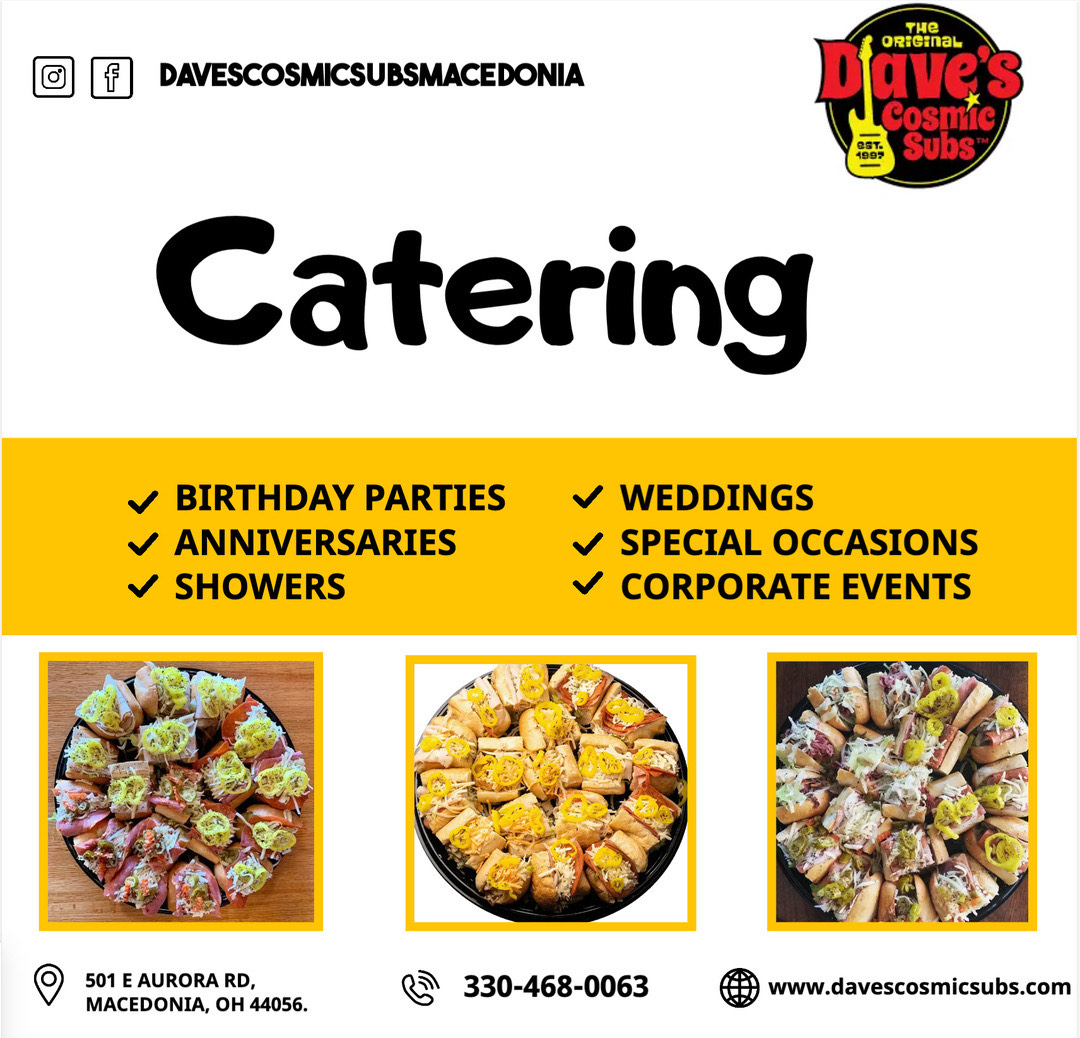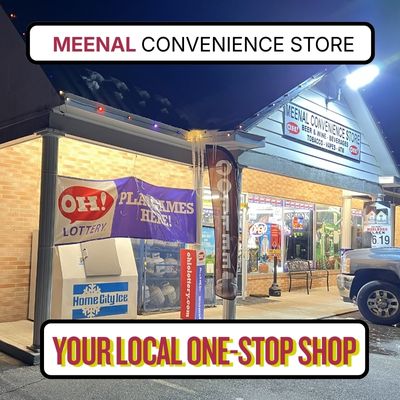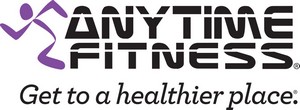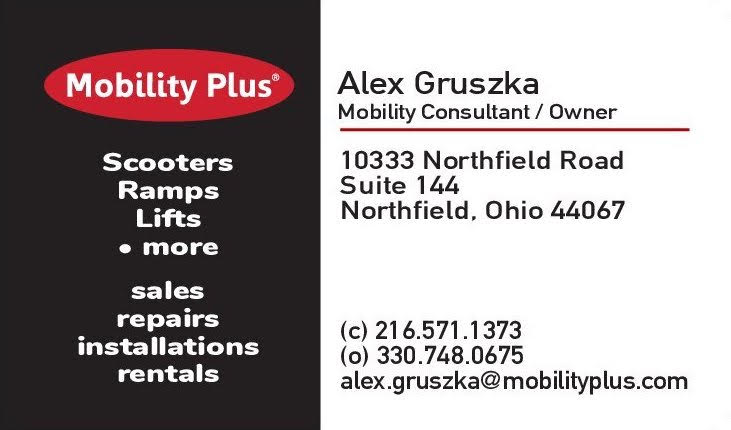For residents in long-term care facilities and assisted living communities, power wheelchairs represent much more than just mobility equipment. They provide freedom, allowing users to do things they wouldn’t be able to do otherwise, according to recent research on power mobility use in residential settings.
However, with this independence comes important considerations about safety, training, and proper oversight that families and facilities must navigate together.
The Life-Changing Impact of Power Mobility
Research consistently shows that power wheelchairs have a profound impact on quality of life for residents in care facilities. A comprehensive study published in the National Center for Biotechnology Information examined perceptions of power mobility use and safety within residential facilities, providing valuable insights into how these devices truly transform lives. Power mobility was identified as an essential enabler that allowed users to have independent mobility within a facility. The benefits extend far beyond simple transportation, encompassing psychological and social advantages that contribute to overall wellbeing.
Quantitative studies have found power wheelchair use to be associated with improved mobility, social participation and quality of life, and decreased pain and discomfort. For many residents, these devices facilitate participation in dining activities, social events, therapy sessions, and personal care routines that would otherwise require constant staff assistance.
Key Safety Considerations in Residential Settings
While the benefits are substantial, research has identified several important safety themes that facilities and families should address:
Learning Facility-Specific Navigation
Each residential facility presents unique challenges for power wheelchair users. Residents must learn to navigate dining rooms, elevators, hallways, and outdoor areas safely. Concerns about safety are one of the most common reasons that prescribers deny a client a power wheelchair or clinicians remove it.
Managing Speed and Space
Unlike community environments, residential facilities require careful attention to speed management. Users must consider other residents, staff members, and visitors when maneuvering through common areas. The research suggests that users of powered wheelchairs should only travel on pavements and appropriate crossing facilities instead of carriageways or cycleways, and similar principles apply within facility environments.
Environmental Adaptations
Facility-related problems including inadequate selection and maintenance of wheelchairs and limited availability of staff to assist residents who are unable to self-propel their wheelchairs may negatively affect their participation in daily activities. This highlights the importance of proper equipment selection and ongoing maintenance programs.
Making the Right Choice: Assessment and Training
Professional Evaluation is Essential
An effective wheelchair prescription tailored to an individual’s needs requires a multidisciplinary wheelchair assessment team, which typically includes the patient, rehabilitation engineer or assistive technology professional (ATP), occupational therapist, physical therapist, and durable medical equipment specialists.
Power mobility is not suitable for everyone. Professional assessment should evaluate whether individuals have sufficient cognitive ability, vision, and motor coordination to operate the equipment safely. This is especially important for residents with progressive conditions or cognitive impairments.
Ongoing Training and Support
Research reveals that participants had an average of 14 years of experience using power wheelchairs and were still encountering problems in maneuvering their wheelchair when executing their daily activities. This underscores the importance of ongoing training opportunities that go beyond initial instruction.
Training programs should include real-life practice opportunities within the actual facility environment, problem-solving through potentially challenging situations, and learning to anticipate and plan for obstacles.
Three Styles of Power Wheelchair Use
Research has identified three main patterns of power wheelchair adoption among older adults:
Reluctant Use: Some residents view power wheelchairs as a last resort and may resist using them despite clear benefits.
Strategic Use: These users alternate between different mobility methods based on the situation and their energy levels.
Essential Use: For these residents, power wheelchairs become their primary means of mobility for all activities.
Understanding these different approaches helps families and care teams provide appropriate support and expectations for each individual.
Solutions for Common Challenges
Technology Enhancements
Emerging intelligent power wheelchair systems can help address safety concerns while maintaining independence. These systems include collision avoidance features and can serve as training tools to allow individuals to learn driving skills with reduced supervision.
Environmental Modifications
Facilities can improve power mobility safety by ensuring adequate space for maneuvering, proper lighting, clear pathways, and accessible charging stations. Regular maintenance of ramps, elevators, and doorways also contributes to safer mobility.
Staff Training and Policies
Clear facility policies about power wheelchair use in different areas, staff training on mobility assistance, and regular equipment maintenance schedules all contribute to better outcomes for residents.
How Mobility Plus Northfield Can Help
At Mobility Plus Northfield, we understand the complex decisions facing families considering power mobility for their loved ones in residential care settings. Our comprehensive approach includes:
- Expert Assessment: Working with healthcare teams to determine the most appropriate mobility solution
- Equipment Selection: Offering power wheelchairs designed specifically for residential facility use
- Training Support: Providing guidance on safe operation within facility environments
- Ongoing Maintenance: Ensuring equipment remains in optimal condition for safe daily use
- Rental Options: Allowing trial periods to determine the best long-term solution
Moving Forward with Confidence
The decision to introduce power mobility in a residential care setting requires careful consideration of individual needs, facility capabilities, and safety requirements. When properly implemented with appropriate assessment, training, and support, power wheelchairs can significantly enhance quality of life while maintaining safety for residents and staff.
For families exploring power mobility options for loved ones in residential care, professional guidance and ongoing support make all the difference in achieving positive outcomes.
Contact Mobility Plus Northfield today to discuss how we can help create a mobility solution that enhances independence while prioritizing safety in your residential care setting.





